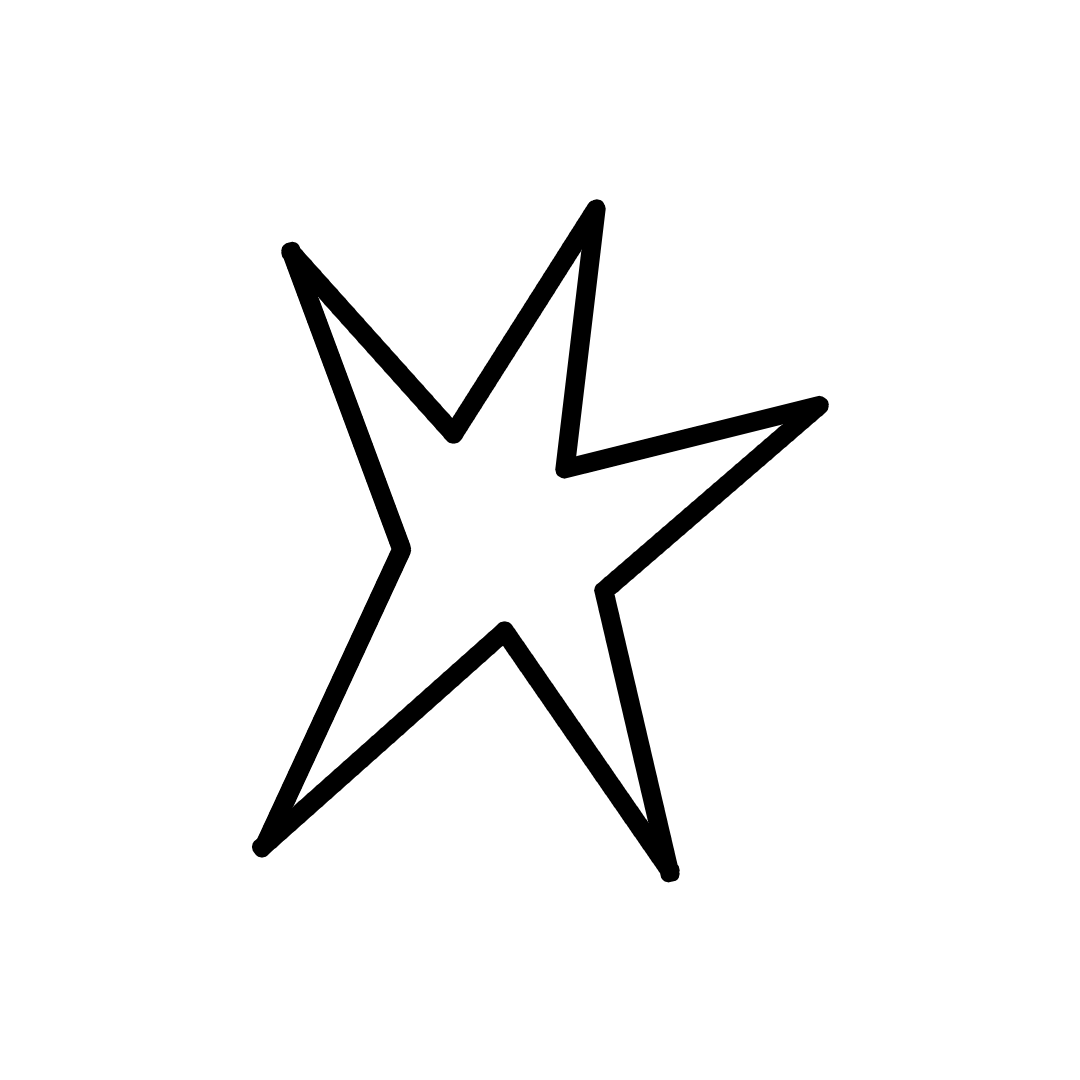Malcolm Peacock
is an artist living in New Orleans, Louisiana. His participatory and experiential practice examines issues of race, queer identity, sex, and history through his experiences with death and his family narratives. His work explores social dynamics between black people, with a particular interest in intimacy, power, heartbreak, and loss. His artist-led walks are part performance, part time travel as he leads participants through historical, spatial, and temporal narratives of places of personal and cultural import. Peacock’s work has been shown at the Cindy Rucker Gallery, New York, and Terrault Contemporary, Baltimore, among other venues. He is a recipient of fellowships and residences from Denniston Hill, The Skowhegan School of Painting and Sculpture, and St. Roch Community Church.
And Endurance Finds Its Efficacy
by Malcolm Peacock
The Summer of 2020 has been filled with COVID-19 spikes and protests against social injustices. The repeated and unchecked slaughtering of Black life across the country has emphasized the fact that existing as a Black person is risky business. A bulk of the works presented in FRC6 share aspects of Black individuals lives and offer viewers windows into the palpability of living in this specific container.
“54th Massachusetts”, a print by Rushern Baker IV, depicts the men of the 54th Massachusetts Voluntary Infantry which was active between 1863 and 1865. This infantry that consisted of Black men was commanded by white men and engaged in five battles during the civil war. When looking at Baker’s piece for the first time, I felt most captivated by the usage of color. The movement from deep indigos and muddled purples to lighter tints of pink is not gradual. Rather, colors crash and then are laid to rest upon the skin of each other. The image feels just like what it depicts...a bruise and a beating. The figures are in motion as violence rushes towards them and an overwhelming feeling of claustrophobic chaos emerges in the rectangular battlefield. In learning more about the 54th Massachusetts Infantry, I found that these men were underpaid in comparison to white counterparts and became vocal about their mistreatment. An old, tired American story. The guns, stars, and stripes in the work are echoed in Jerome Freeman’s much more still photograph, “Untitled”. The date of the photograph, April 25th 2015, coupled with the orange and white banners in the distance may not resonate immediately for every viewer. For me, orange and white represents my hometown’s baseball team, the Baltimore Orioles . A Pan-African flag covers the right portion of the frame and obscures a cop’s face. A child’s head peeks up from the bottom of the frame. Memories and flash backs of the 2015 Baltimore Uprising that surrounded the aftermath of the murder of Freddie Gray come to the fore. Could this flag potentially be protecting the small Black child from the gaze of cops? Some of which have their hands firmly resting on their weapons. The look of worry and concern that is worn by the small child’s eyebrows while lines of armed men look upon them gives the viewer a small inkling into the ways that violence is introduced and made apparent for Black people.
If you’re reading this, you’re looking at a screen of some sort. It is very possible that on the same screen you’re looking at right now, that you have seen a Black person be killed. The rise in documentation of brutality often creates echo chambers and perpetuates trauma.
However, other violences exist with subtlety. In “Hair Probs # 2”, a text reads, “So...like...how often do you wash your hair?” The question falls within the canon laundry list of questions that are asked of Black people, often of Black women, pertaining to hair and its cleanliness. The text is placed above a figure’s mouth and we are not given access to the majority of their face. From the tilt of the mouth, one can imagine that had the face been fully rendered, the figure would not be looking at us. Perhaps, their posture is not asking or wanting anything of us. Perhaps the figure is unphased by the silly, antagonistic, often repeated question and has chosen to travel elsewhere into the sun filled atmosphere of pinks yellows and oranges that surrounds them. These works by Ashley Carroll demonstrate that Black life, contrary to what some mainstream sources project, does not always revolve around responses to racism and whiteness.
In Mayomi Basnayaka’s series of photos titled, “Nudes”, we as viewers are afforded intimate close ups of a Black woman’s body in undergarments. We see lines, wrinkles, and stretch marks. Whether it is their braw, underwear, or socks, not a single thread of fabric comes close to aligning with the shades of brown skin that are held between the bands of elastic. The absence of a range of colors in nudes extends out beyond consumerism. The drastic space that exists between the subject’s tones and the garment’s colors mirrors the distance that stands between Blacks and humans. The distance that Blacks may feel when entering a room of eyes. The shortened distance between heartbeats that thump when a hooded Black walks past a human on the same sidewalk. Basnayaka’s photos feel simplistic and sensitive. They have me in the room, listening to Jill Scott and Maxwell’s cover of “This Woman’s Work”. Laughing about the absurdity of the stagnant state of this wretched world. A reminder that the feeling of deep laughter, originating in the blackest pit of the stomach, is an enduring legacy.





